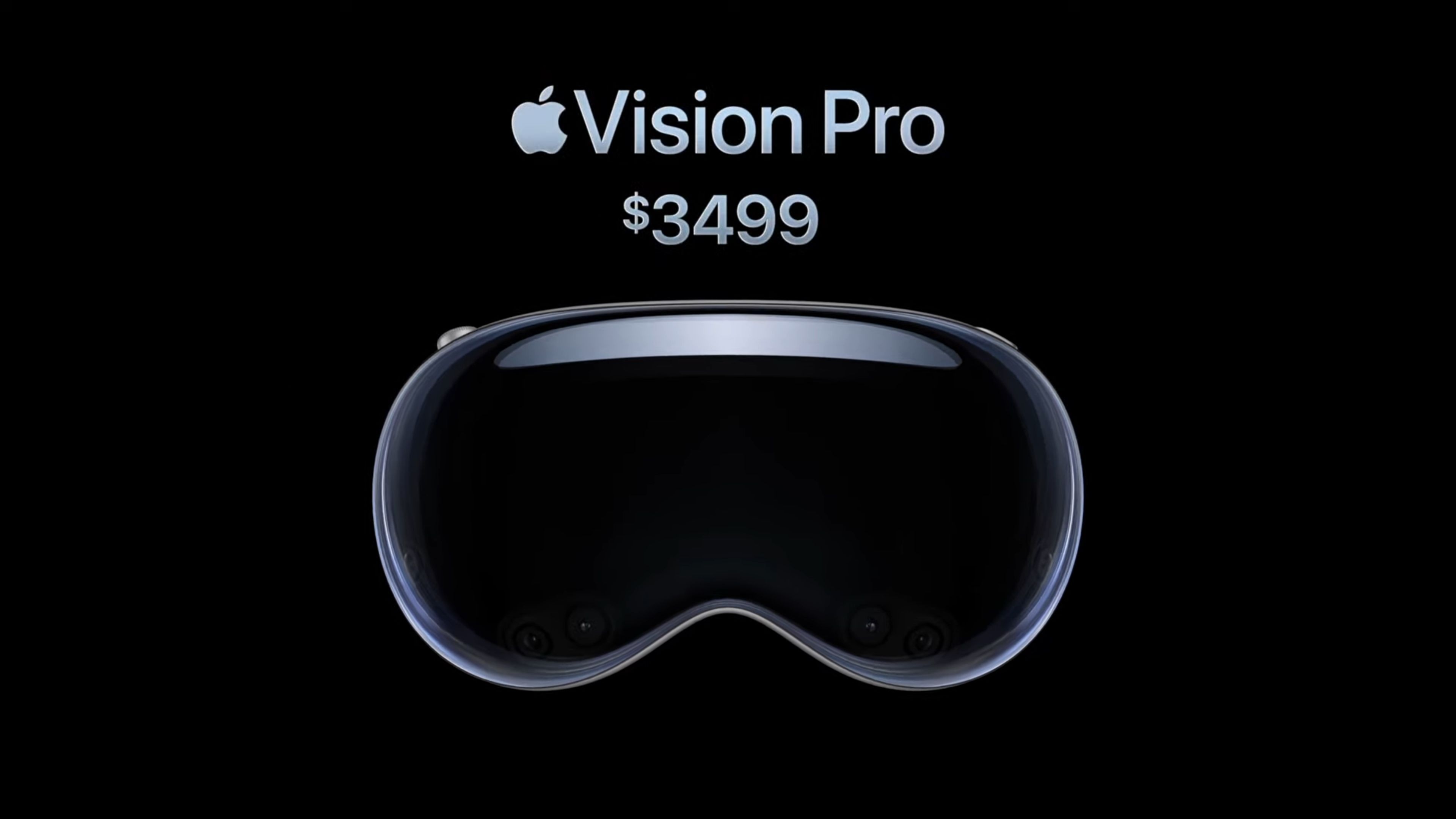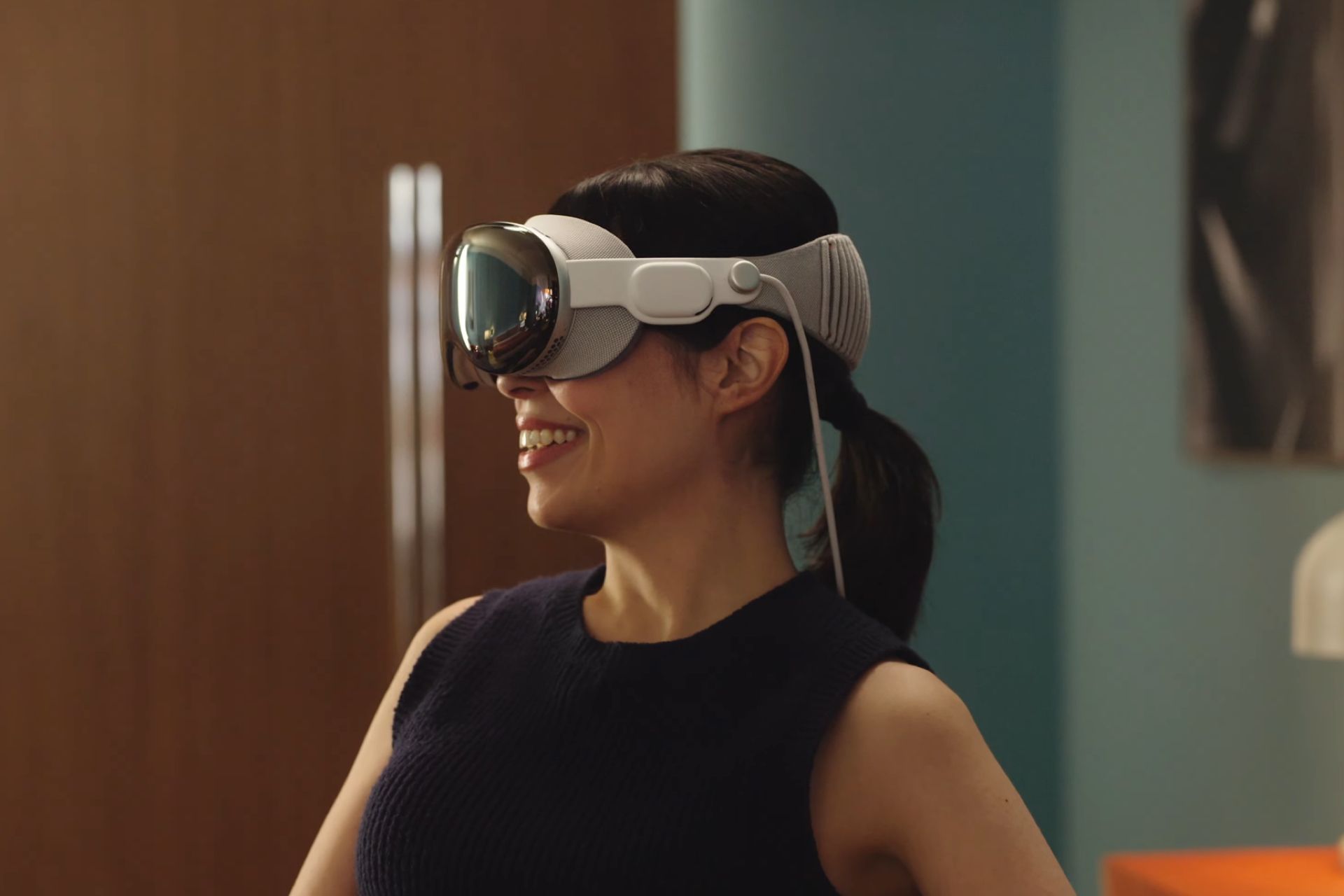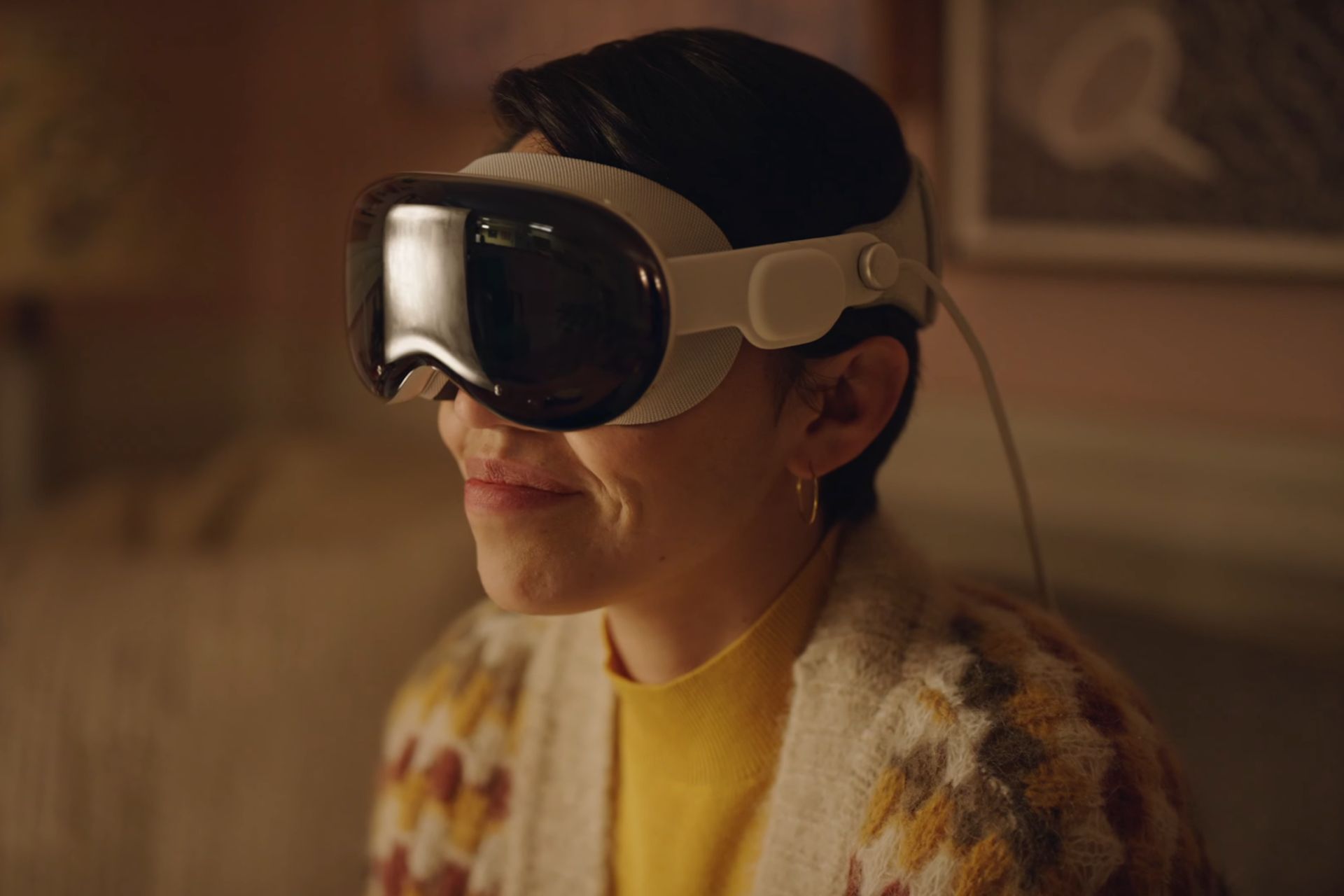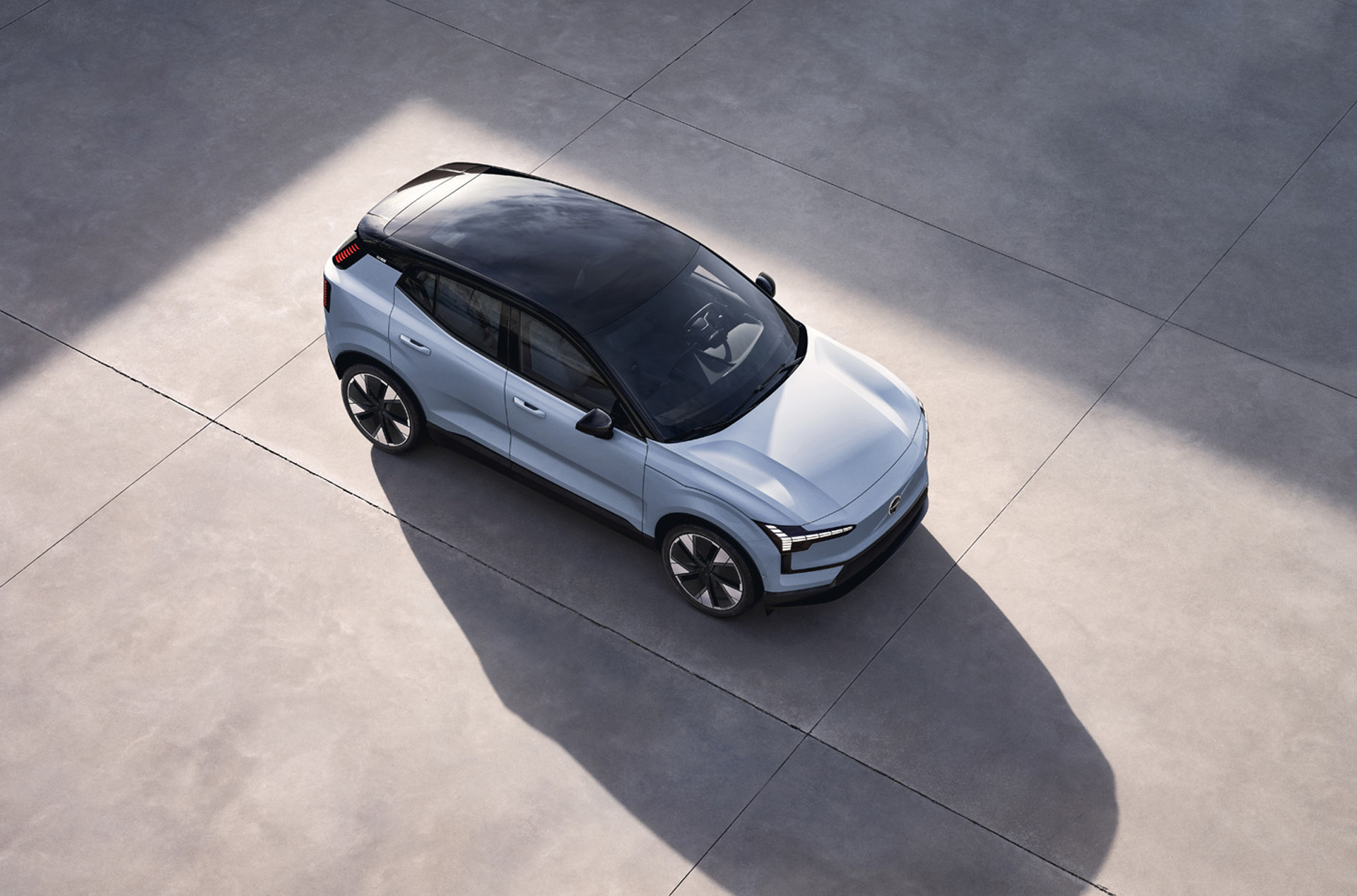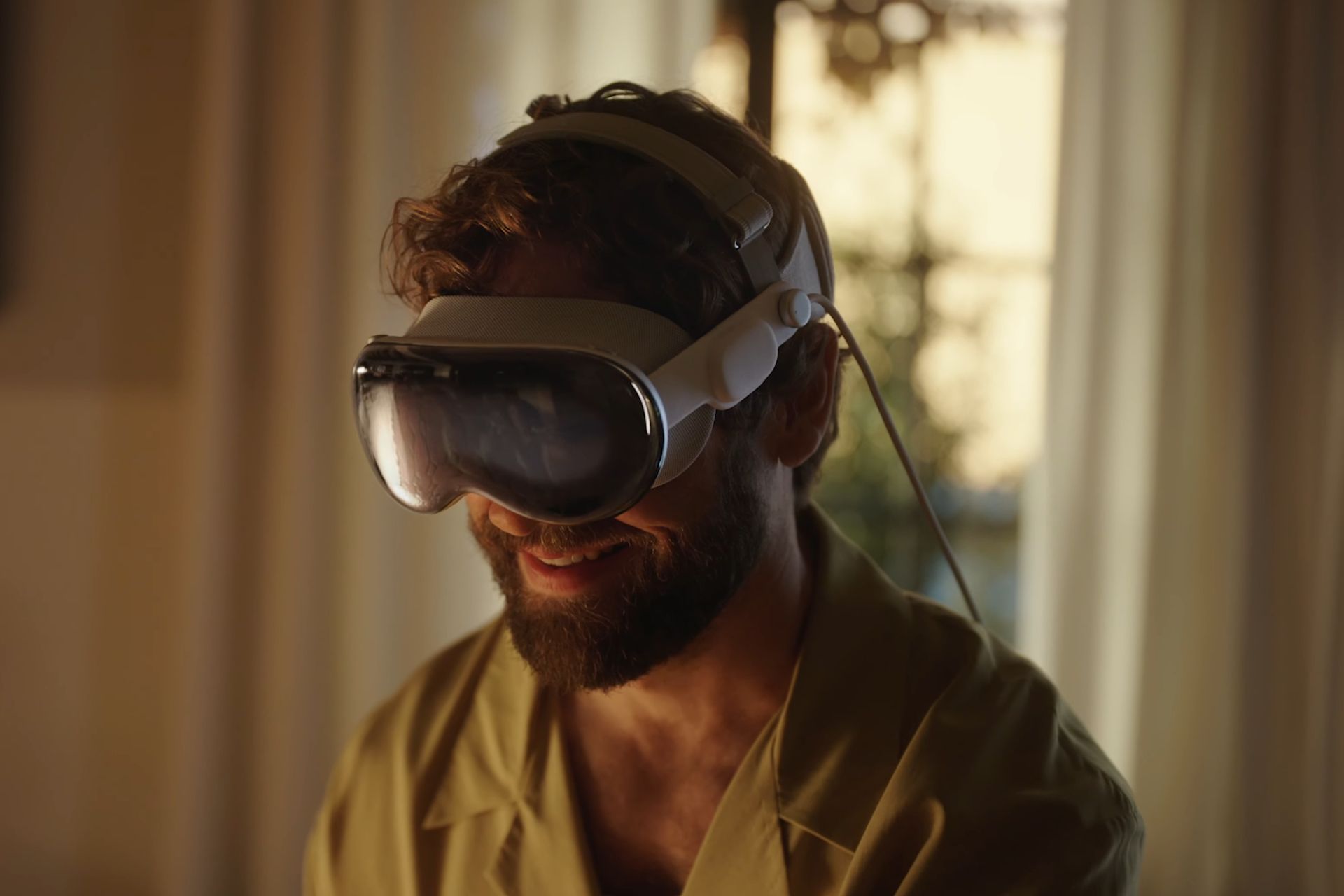
Apple’s Mixed Reality headset is not a secret anymore. The company officially unveiled its Vision Pro AR/VR headset at WWDC 2023, showcasing what the future holds for the company. The headset is exactly what we expected it to be: a standalone device that will be your personal computer, large-screen TV, and communication device.
It is a promising new device that offers a variety of features, including the ability to watch movies on a big screen, work on three monitors side-by-side, reliving memories thanks to three-dimensional camera, and even meditate. However, there are a few things holding back the device, and here are four reasons why I believe the Vision Pro headset will fail:
1 Battery Life
One of my main concerns with the Apple Vision Pro is its battery life. The headset is powered by an external battery pack, which connects to the device with a proprietary cable and the battery pack goes into your back pocket. Apple claims that the battery pack can power the headset for two hours on a single charge.
While you can connect a USB-C cable to the battery pack and then power the headset using the proprietary cable for indefinite use, the headset itself has an independent battery life of only two hours, which I consider to be quite short. Considering that Apple is positioning the Vision Pro as a multimedia consumption device, this limited battery life would barely allow me to watch a full football match, let alone enjoy an entire movie.
While there may be unofficial ways to extend the battery life, such as using external power banks or a swappable battery pack, but the two-hour battery life may likely lead to a less than ideal user experience. Additionally, these methods will further add to the already exorbitant cost of the headset. And, while we’re on the topic of the Vision Pro’s price…
2 Price
Of course, we can’t talk about Apple Vision Pro without talking about its price tag. Apple says the Vision Pro will be available “early next year” for $3,499. Such a price point is undoubtedly expensive for an average user. Even though the device boasts premium glass-metal construction, an array of tracking sensors, innovative technology, and even a new operating system build from the ground up, this high price tag could make it difficult for the Vision Pro to gain mass adoption.
This pricing could restrict the headset’s audience to a small group of enthusiasts who are willing to pay a premium. Consequently, the limited user base might lead to a reduced level of support from third-party developers and a potential scarcity of apps and content options, despite Apple’s partnerships with prominent entertainment entities Marvel and Disney. This brings me to my third concern…
3 Limited Use Case
For now, the use case of Vision Pro seems fairly limited. During its presentation, Apple demonstrated the device being used as a large screen TV, a computing tool for office work, and a device to FaceTime, but beyond those specific scenarios, the possibilities seem limited. The device only supports first-party apps like Safari, Photos, Messages, etc.
And even though I understand the purpose of showcasing the device (alongside its SDK) months before launch is to encourage developers to build apps for the platform, the available use cases at this stage seem somewhat limited. In fact, I am already able to perform similar tasks on my iPhone and Mac, raising the question: why I should invest in a device that offers more or less the same functionality at a higher cost.
It remains to be seen how developers embrace the headset and how the app ecosystem evolves for the Vision Pro.
4 Weight and Fatigue
One of the reasons why the whole of the AR/VR headset market has failed to explode is the fatigue it induces. Despite Apple incorporating remarkably high-resolution displays into their headset, packing in more pixels than the screen you are likely reading this on, there is still uncertainty regarding the potential fatigue and strain it may impose on the eyes, brain, and overall well-being. Initial impressions from hands-on videos also suggest that the headset is also notably heavy, which could result in earlier fatigue compared to using other devices such as Mac or iPhone.
However, it’s not all gloom and doom. While there are some concerns about the Vision Pro, it’s important to note that the product does offer a lot of innovative features and the company also has a track record of delivering exceptional products. While the product may not pick up right from the start, Apple could address the issues in future iterations, leaving room for optimism about what the future holds for the AR/VR space.
Credit : Source Post
